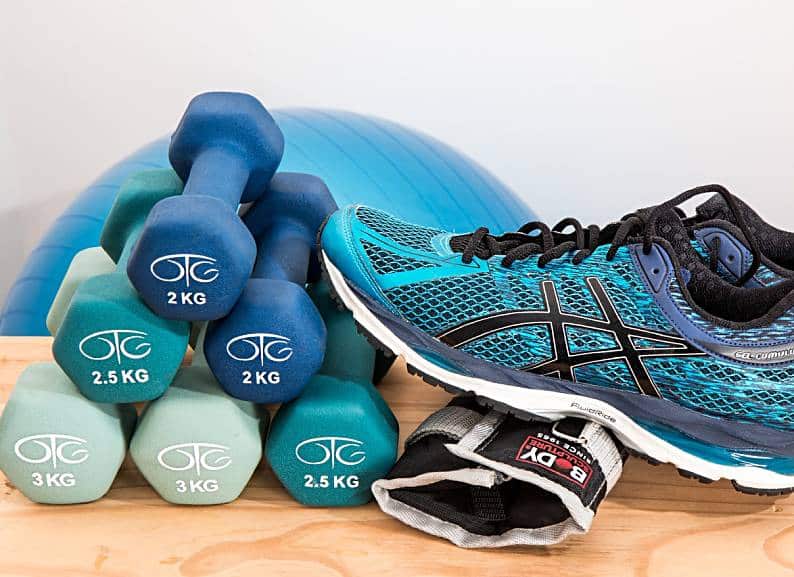words Al Woods
Embarking on a journey towards regular exercise is a transformative step towards a healthier and happier lifestyle. Regular physical activity offers many benefits, including improved cardiovascular health, increased strength and flexibility, enhanced mood, and even better sleep. However, for beginners, getting started with exercise can feel overwhelming. This article provides practical tips to help beginners establish a sustainable exercise routine and make fitness an integral part of their lives.
Setting Realistic Goals
Beginners often make the mistake of setting overly ambitious goals, leading to frustration and burnout. Instead, start with small, achievable goals that align with your fitness level. Examples of realistic goals include:
- Walking for 20 minutes daily.
- Completing a beginner’s workout routine.
- Practicing yoga twice a week.
As you achieve these goals, you can then gradually increase the intensity and duration of your training or workouts. Suppose you intend to go to the gym. In that case, the seasoned fitness trainers behind Chicago Athletic Clubs suggest you visit weekly to become comfortable with the environment and equipment. From there, you can explore various workout routines that align with your goals and preferences. If you’re unsure where to start or how to design an effective workout plan, consider seeking guidance from fitness professionals. Personal trainers, fitness coaches, and healthcare providers can provide tailored advice depending on your goals and physical condition.
Choose Activities You Enjoy
Engaging in activities you genuinely enjoy increases the likelihood of sticking to your exercise routine. Whether dancing or hiking, swimming or playing a sport, finding activities that bring you joy can make exercise feel less like a chore and more like an enjoyable experience. Variety is essential to prevent boredom and plateaus in your fitness journey. Integrate a combination of cardiovascular exercises, strength training, and flexibility exercises into your routine. Trying new activities or workout styles can keep your routine exciting and challenging.
Create a Consistent Schedule
Consistency is critical to establishing a regular exercise routine. Determine the best time for your workouts based on your daily schedule and energy levels. Consistency will help turn exercise into a habit, whether you prefer morning or evening workouts. Treat your exercise time as non-negotiable. Just as you prioritize work meetings or appointments, allocate a specific time for your activities. This helps prevent schedule conflicts and ensures that exercise is part of your daily routine. Building a regular exercise routine takes time, and progress may not always be linear. There will be days when you feel less motivated or encounter challenges. Be patient, and remember that consistency is more important than perfection.
Start Slowly and Gradually Increase the Intensity
If you’re new to exercise, starting slowly to prevent injury and allow your body to adapt is essential. Begin with low-intensity workouts and gradually increase the intensity and duration as your fitness level improves. For example, if you’re starting a running routine, alternate between walking and jogging to build endurance over time. Pay attention to your body’s signals during exercise. Feeling some discomfort is normal, but sharp pain or extreme discomfort should not be ignored. If you experience pain, stop the activity and consult a healthcare professional if necessary.
Warm Up and Cool Down
Before your workout, perform a brief warm-up routine to increase blood flow and prepare your muscles for exercise. After training, engage in a cool-down period that includes stretching to help prevent muscle soreness and improve flexibility. Also, remember that proper hydration is essential for optimal performance and recovery. Drink water before, during, and after exercise. Additionally, fuel your body with nutritious meals and snacks to provide the energy needed for your workouts.
Track Your Progress
Keep track of your exercise achievements and progress. This can include recording the duration and intensity of your workouts, the number of repetitions or sets you complete, or even how you feel before and after exercising. Tracking your progress provides a sense of accomplishment and helps you identify areas for improvement. Celebrate your milestones, no matter how small they may seem. Recognize your efforts and acknowledge your progress toward your fitness goals. Rewarding yourself can boost motivation and reinforce positive behavior.
Starting an exercise routine as a beginner can be both exciting and challenging. You can establish a sustainable fitness routine by understanding the benefits of exercise, setting realistic goals, choosing activities you enjoy, and gradually building up intensity. Consistency, proper gear, listening to your body, and celebrating your progress are essential elements in this journey. Remember that the most critical aspect is to prioritize your health and well-being. With determination and patience, you can make exercise a regular and rewarding part of your life.











